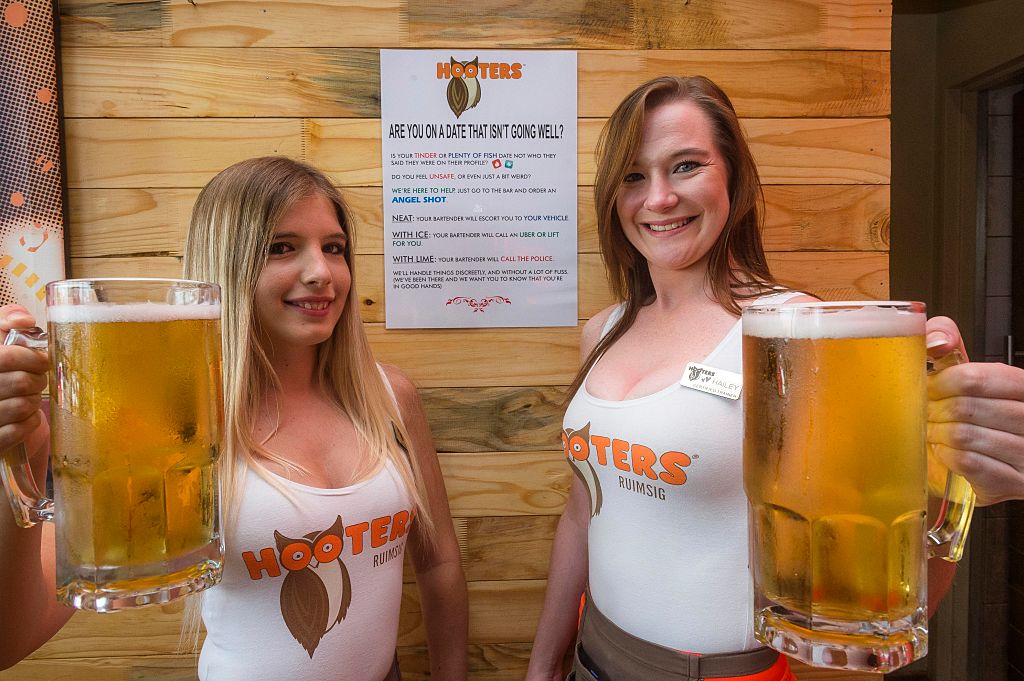Hooters, the iconic casual dining chain long associated with skimpy uniforms and “breastaurant” branding, filed for Chapter 11 bankruptcy in March and closed multiple locations. The chain is now undergoing a major transformation. The company’s founders are reclaiming ownership and steering the brand back to its roots, emphasizing family-friendly dining, community engagement, and charitable initiatives.
Under the leadership of veteran Hooters executive Neil Kiefer, the chain is rolling out a strategy dubbed “re-Hooterization,” which includes reverting to its traditional orange shorts and tank tops while toning down the more revealing uniforms introduced in recent years. CEO Sal Melilli said some locations now serve a majority of women and children, signaling a deliberate pivot in clientele. Long Island’s Hooters location has been cited as one of the few recent success stories, showing that nostalgia and a more inclusive approach can attract broader audiences.
Culturally, Hooters’ once-controversial image now feels tame. In the 1980s, short-shorts and skimpy tank tops provoked outrage for years from critics and feminists alike. Today, however, revealing outfits are normalized through media, reality shows, TikTok trends and mainstream icons like the Dallas Cowboys Cheerleaders, often dubbed the “America’s Sweethearts” to evoke an almost wholesome image for its overtly sexualized uniforms and on-field dances.
Competing chains such as Twin Peaks and Tilted Kilt pushed sexualized branding further, leaving Hooters’ original look almost quaint. Even Undercover Boss episodes highlighted the chain’s kitsch and culture rather than controversy, attempting to move the focus back on the food and atmosphere over showcasing the sexuality of the young servers. Social media nostalgia has reframed the brand as retro fun rather than provocative.
Hooters is also discontinuing weekly bikini nights and emphasizing charitable initiatives such as “Wings for Children” and partnerships with veterans’ organizations. As the chain navigates financial restructuring, it is betting that nostalgia, cultural shifts, and its quirky heritage will help maintain relevance in a casual dining landscape reshaped by pandemic habits, changing expectations, and evolving cultural norms.


